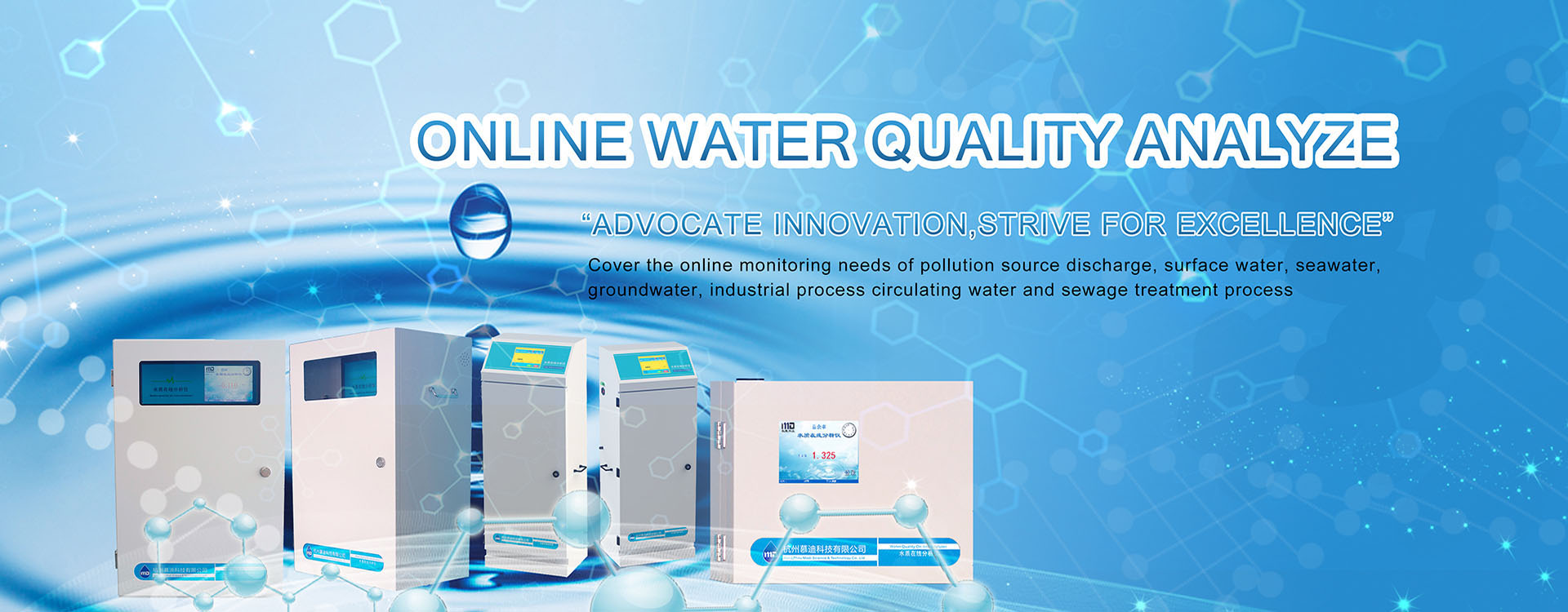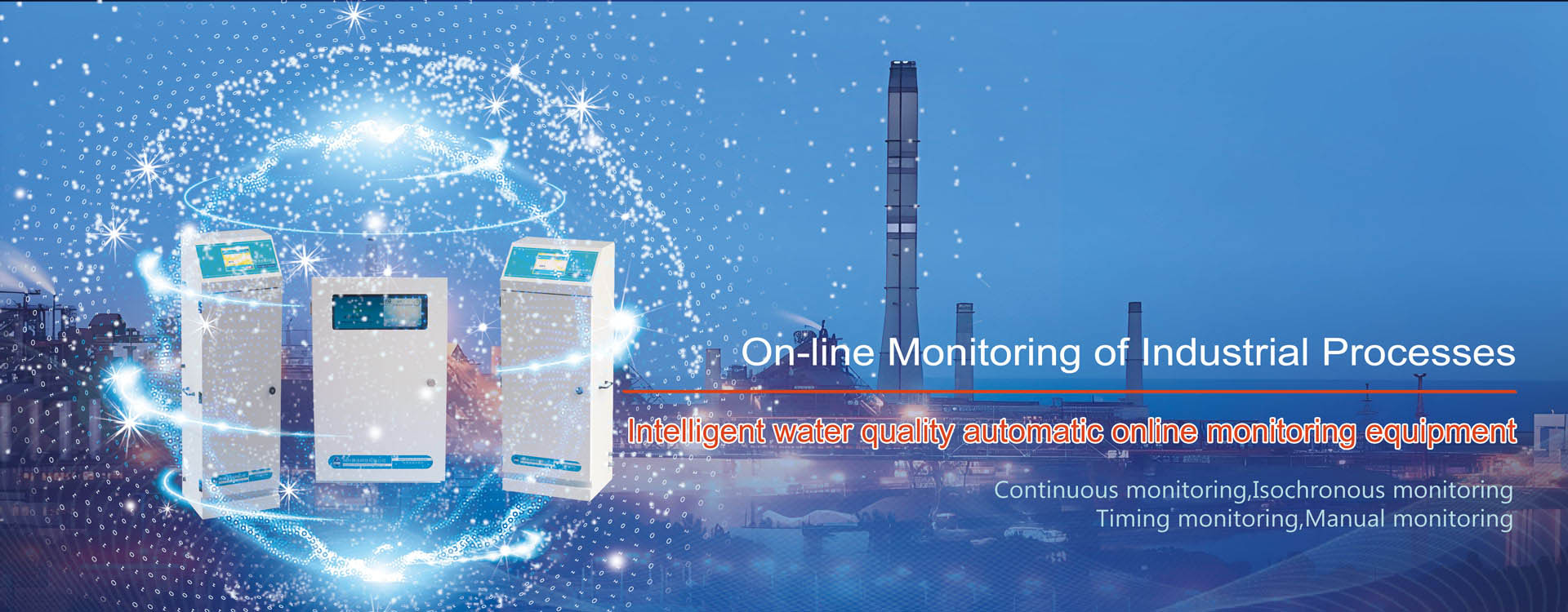Aquaculture has become an indispensable technology nowadays, among which the water quality management of ponds is very important! The quality of water directly affects the benefits of fish farming. In this chapter, the manufacturer of online water quality monitoring instruments will learn about the detection methods of water quality in aquaculture together with everyone. The quality of water can be influenced by the following aspects!
Test of Water Temperature
We know that different fish species have different requirements for water temperature. Among them, silver carp, grass carp, and common carp are warm-water fish, and their suitable water temperature is between 20 and 30 degrees Celsius. However, tilapia belongs to tropical fish and is suitable for water temperatures ranging from 25 to 34 degrees Celsius. Therefore, it is necessary to monitor the water temperature as needed, keep track of the changes in the water temperature in the pool at all times, and ensure the safety of the fish! The water quality analyzer has the function of testing water temperature.
The Testing Issue of pH Value
In the water pool, the pH value directly affects the growth and life of fish. Therefore, relevant staff need to use lime to adjust the pH value of the fish pond water. As for the method of detecting pH, it is to use litmus paper. During this measurement process, immerse a piece of paper in water for 2 to 3 minutes, then take it out and compare it with the pH chromatogram to find the section with the same color as the paper. In this way, the content of pH in the water can be known.
Tests Related to Dissolved Oxygen Values
The suitable dissolved oxygen value for general fish is above 3 milligrams per liter. When the dissolved oxygen value in water is less than 3 milligrams per liter, fish stop feeding and growing. When the dissolved oxygen value is less than 2 milligrams per liter, fish will float to the surface. Death begins at 0.6-0.8 milligrams per liter. In the past, the dissolved oxygen value was mostly tested by chemical methods, namely the sulfur measurement method. Although this method has relatively high accuracy, it is both troublesome and difficult, making it hard for ordinary fish farmers to master. In recent years, many electronic instruments for measuring dissolved oxygen values have been put on the market, such as water quality analyzers and dissolved oxygen meters. All these instruments have a dedicated probe. Just place the probe in water and switch the conversion switch to the oxygen measurement position. After about 1 to 2 minutes, the pointer on the instrument head will indicate the dissolved oxygen value in the water.
Transparency Test
The so-called transparency refers to the degree to which sunlight penetrates water. Transparency is directly related to water color, and water color indicates the degree of water fertility and the amount of plankton in the water.
To measure transparency, you can make a black and white plate by yourself: Cut a thin iron sheet into a circular plate with a diameter of 20 centimeters, drill a small hole in the center of the plate with an iron nail, then paint the plate black and white with black and white paint, pass a thin rope through the center of the plate, and mark the degree of elevation on the rope. Immerse the black and white plates in the fish pond water until the plane of the plates is just no longer visible. At this point, the marked value of the length of the rope above the water surface is the transparency of the pond water. If the transparency is greater than 35 centimeters, it indicates that the pool water is too thin and should be fertilized. More feed can be added. If the transparency is less than 25 centimeters, it indicates that the pool water is too rich. Less feed should be added and fresh water should be added.




